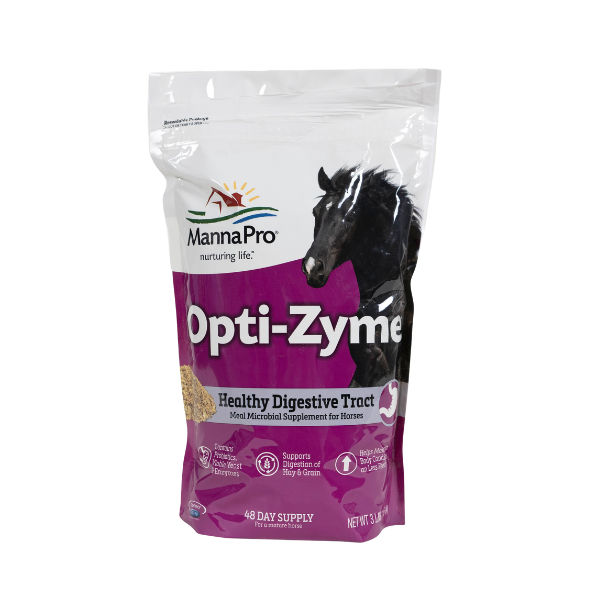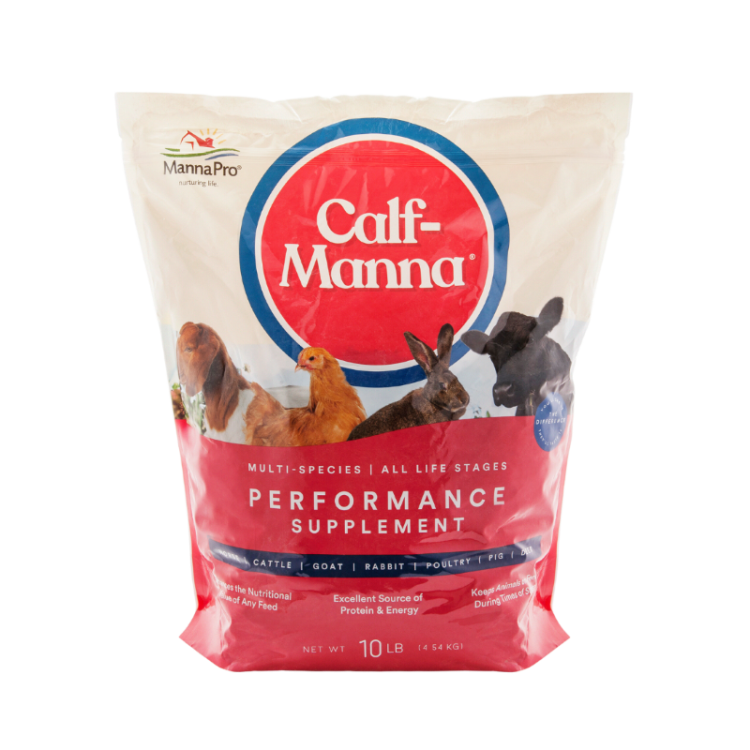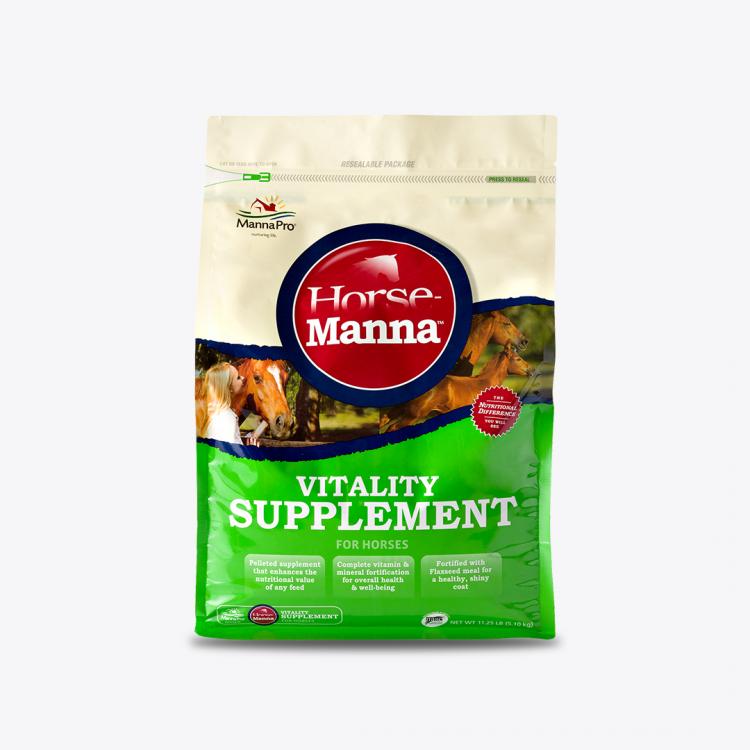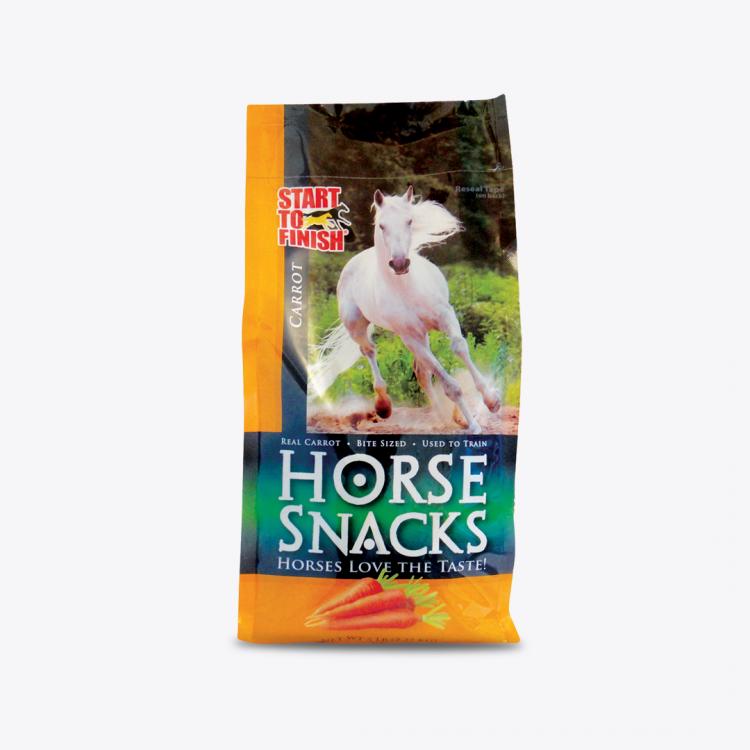Posted by Dr. Shannon Baker, DVM, Wed, Mar 12, 2014
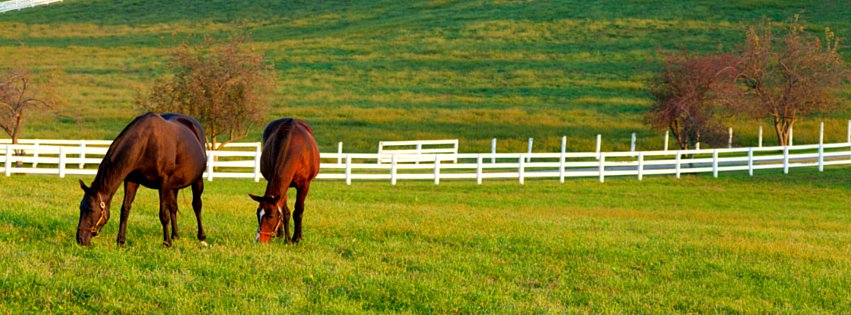
Spring is approaching—a time when the grass turns green, the flowers bloom and the sun shines. While it may be picturesque to see our horses out grazing on lush spring pasture, an abrupt switch from hay and brown pasture over the winter to the green grass of spring can cause a major disruption in your horse’s GI flora, potentially resulting in colic and/or founder.
What is Founder?
Founder, also known as laminitis, may be caused by several things, one of which is an abrupt change in diet—particularly consumption of lush green grass. The high soluble carbohydrate content (sugars) in the grass will allow for the overgrowth of “bad” bacteria and the death of “good” normal bacteria in the GI tract. While the exact mechanism is still up for debate, we know that toxins are released which attack the lamina—i.e., the soft tissue structure that attaches the hoof to the bone. When this attachment is damaged, it causes a lot of pain and possible sinking and rotation of the bone within the hoof. Treatment of laminitis is complicated and costly. Prevention is the key.
Founder Prevention
- Preventing founder in a normal horse with no predisposing factors (such as prior episodes of founder, Cushing’s disease, metabolic syndrome or insulin resistance) is simply a matter of making dietary changes gradually. Even if your horse has been out on pasture all winter, the grass can turn green very quickly and cause founder. In this case, you should start feeding hay prior to the grass turning green as a buffer. Then you can gradually decrease the amount of hay fed as the grass grows and gets greener.
- If your horse has been eating strictly hay and staying in a dry lot with no access to pasture over the winter, initially you will want to continue feeding your horse in the same way you have been. In the morning, feed hay as usual, decreasing the concentrate (grain) by about 50%. This will allow your horse to fill up on hay prior to turnout. Then turn your horse out on grass for a couple of hours each day for a week. Feed hay again as usual in the evening. The second week, turn your horse out for four to six hours a day. The third week, turn them out all day. This will give the bacteria in their GI tract time to adjust.
This schedule is a generalization and can be tailored depending on how quickly the grass is turning green and your horse’s predisposing factors. As always, talk to your veterinarian for specific advice regarding your individual horse. Supplementing your horse with a microbial supplement such as Manna Pro® Opti-Zyme® will help to not only support them through these dietary changes, but also promote optimal digestion every day of the year.
See what horse owners are saying about Opti-Zyme!
“My usually happy-go-lucky horse began having digestive issues...After two episodes of colic, my vet recommended Opti-zyme with his feed. Wow! What a marvelous difference it has made. His eating habits have reverted back to normal and no more colic issues. I am thrilled with Opti-Zyme because I now have my happy-go-lucky horse that looks and feels great!” – Tara R. Chesterfield, MO
